Making the most of design histories
...consider when drafting include: user needs - explain the user needs, stories and any insight that prompted the work design decisions - describe why key decisions were made the approach...
...consider when drafting include: user needs - explain the user needs, stories and any insight that prompted the work design decisions - describe why key decisions were made the approach...
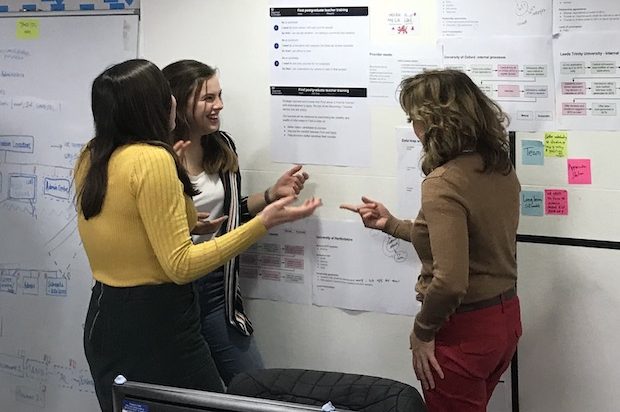
...provided through ‘user support’ and is different depending on what service is being provided and what the users need. Support could be provided via email, through an online contact form,...
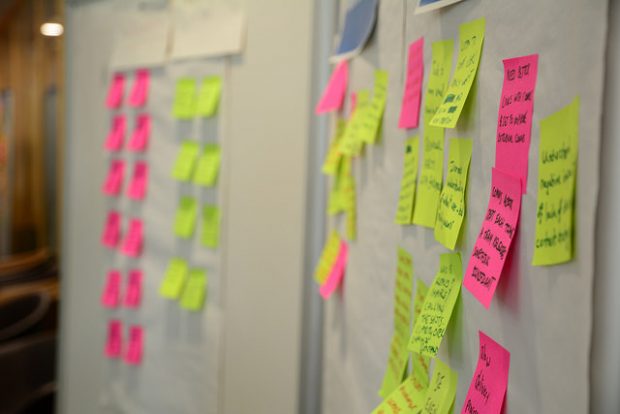
...user needs To make sure we build services that are simple and intuitive, we have done a lot of user research. We have identified a number of user needs and...

...more tangible. Hearing feedback directly from users adds context and value to your work – it creates a more nuanced understanding of their needs. Simplifying user research playbacks makes a...

...to prepare We knew it would be a challenge - the team had been through service assessments before, but not to the new standard, and not with a service as...
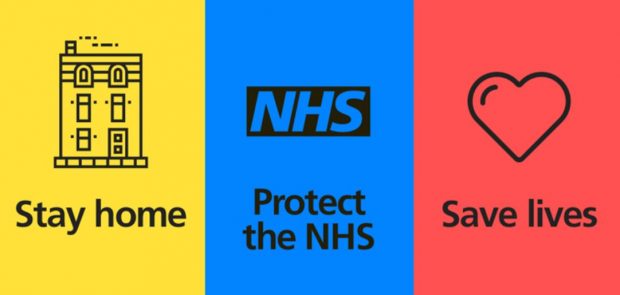
...where we are working from at the moment) to help the user feel more comfortable. We tell users from the beginning that if they need to pause or end the...

...– if a new problem comes along it’s easy to see which area of work it belongs to. These areas of work also help us form teams around common user...
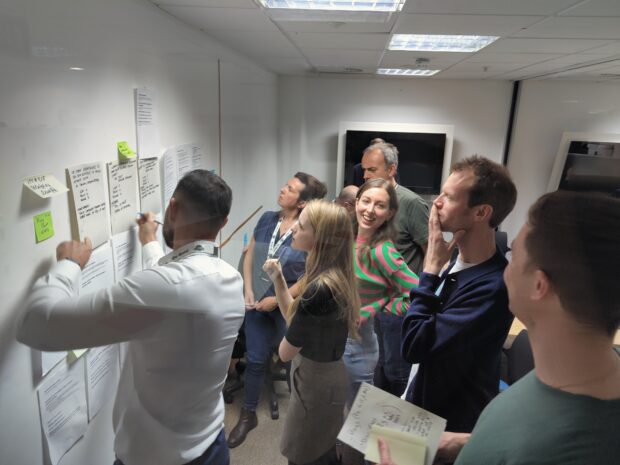
...move teams for a new challenge. When people moved, they brought a new perspective to their new team. They often suggested how their new and old teams might work together...

...what information the user needs to know. You may also be interested in: Making a game to understand post 16 choice behaviour Progressing through alpha: putting user needs first Service...
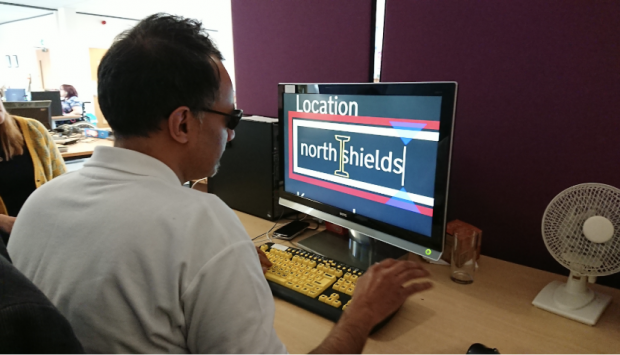
...changed when using a screen reader. We also have plans to more clearly indicate the opening of a new tab. This is important, as it prepares the user for differences...
Recent Comments